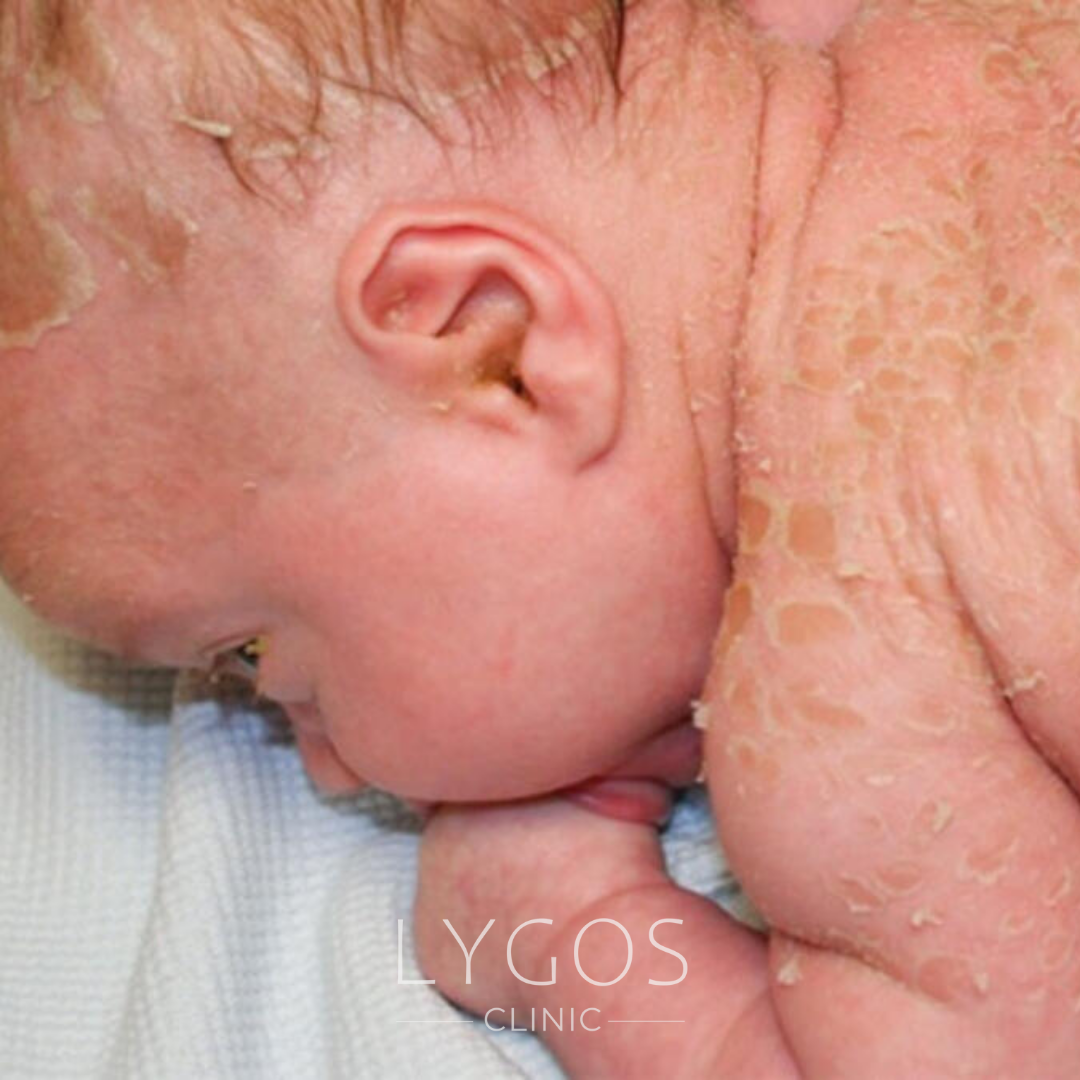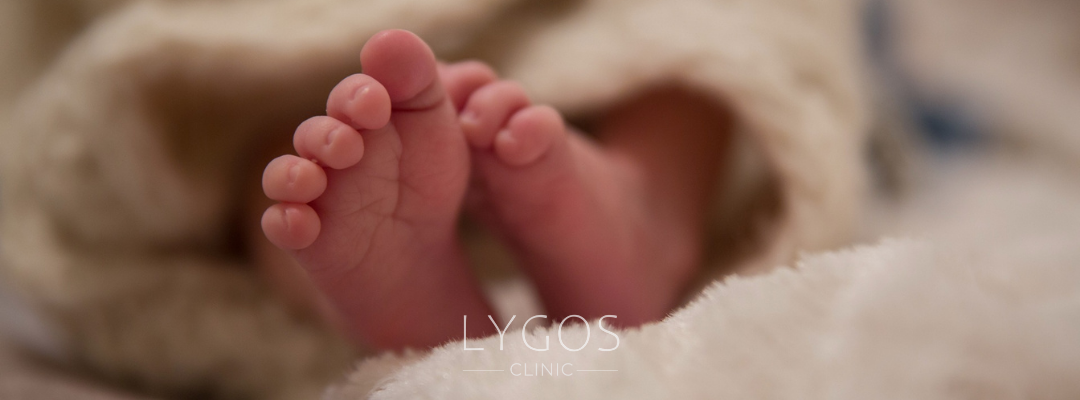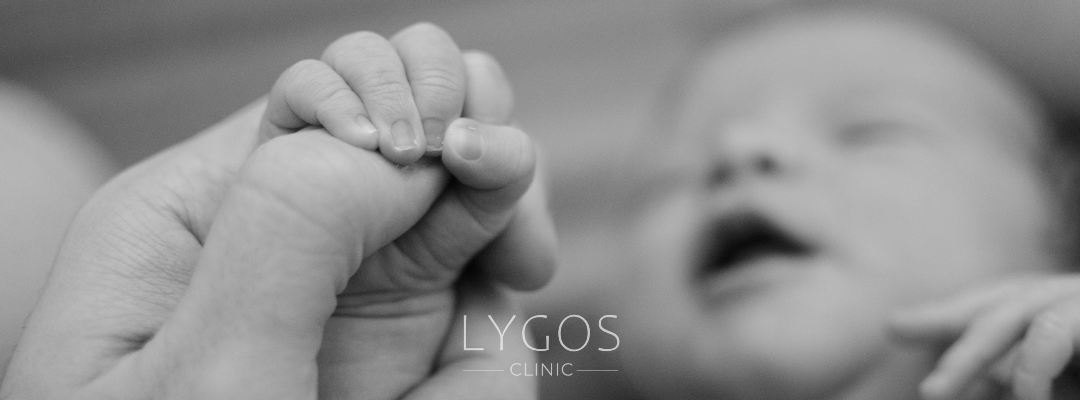Harlequin Ichthyosis | Clown Baby Syndrome

Harlequin Ichthyosis
Harlequin ichthyosis or clown baby syndrome is a skin disease that affects the skin. It is very rare and causes the skin to appear thick, hard and scaly. The scales caused by Harlequin ichthyosis can appear on any part of the body, even on the face. After birth, the baby’s skin may crack. This painful cracking can lead to Harlequin ichthyosis.
The syndrome has many causes and is usually caused by a mutation in the ABCA12 gene. Harlequin ichthyosis is a severe genetic skin disease. It increases the sensitivity of the skin, making it vulnerable to infection. This syndrome can be caused by a genetic factor, but it can also develop spontaneously. So, what is Harlequin ichthyosis? What are the symptoms of Harlequin ichthyosis? You can find the details in our article.
What is Harlequin Ichthyosis

Harlequin ichthyosis is also known as clown baby syndrome. Named after Italian street theater, this syndrome is rarely seen in newborn babies. Harlequin ichthyosis, which carries a fatal risk, causes the body to exfoliate. This syndrome, which causes the skin to lose its moisture balance, is a type of skin disease.
The skin hardens due to excessive keratinization. Harlequin fetus syndrome makes it vulnerable to infection. The skin also loses its elasticity, limiting its mobility. This can make breathing difficult. Harlequin ichthyosis can also cause the baby to become faint. Harlequin ichthyosis, which is usually caused by a mutation in the ABCA12 gene, affects one in every 500 people. Harlequin ichthyosis can develop for genetic reasons or spontaneously.
What are the Symptoms of Harlequin Ichthyosis?

Harlequin ichthyosis has many symptoms. In case of any of these symptoms, it is a very critical detail to consult a specialist. So, what are the symptoms of Harlequin ichthyosis?
- Eyelids may swell, preventing the eyes from opening fully.
- The skin may crack in areas such as joints, abdomen, back and chest.
- It may be difficult to move because of cracked and dry skin.
- Red and very dry skin may occur.
- Difficulty breathing.
- Body temperature may become uncontrollable.
- Abnormal body contours may appear.
- Swelling of the hands and feet may occur.
- Hard, thick, diamond-shaped scales covering the whole body may appear.
How is Harlequin Ichthyosis Treated?

Many methods are used for Harlequin ichthyosis. There is no definitive treatment option for this syndrome, but it is possible to reduce its symptoms. Therefore, treatment of Harlequin ichthyosis prevents possible complications. So, how is Harlequin ichthyosis treated? Harlequin ichthyosis can be treated with medicines. The medicines reduce the infection and provide relief for the baby. At the same time, they support the baby to maintain its vital functions.
Special antibiotics and ointments used for the syndrome are at the forefront of treatment. Skin care is also one of the treatments for Harlequin ichthyosis. It is necessary to keep the skin moisturized to prevent it from drying out. In addition, skin barriers should be maintained and its elasticity should be increased. Therefore, moisturizing lotions, creams and ointments are preferred. Infection is also reduced by using a bandage to cover the skin.
Among the treatment methods for Harlequin ichthyosis, protective clothing and nutrition are also very critical details. This syndrome, which makes it difficult for babies to breathe, will also make it difficult for them to feed. Therefore, special formulas and feeding techniques are used to improve nutrient absorption. In some babies, the skin barriers and skin layer are surgically corrected. These problems caused by Harlequin ichthyosis are repaired. This can help with problems such as eyelids that do not open and joints that contract.




